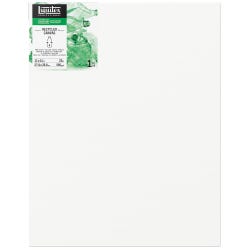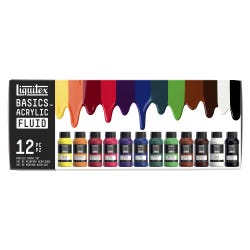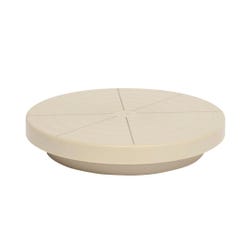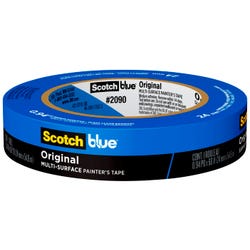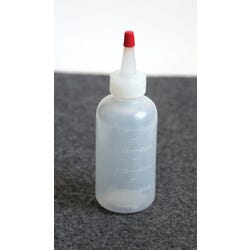Protect Our Planet

Description
Lesson Plan and Artwork by Kathryn Cahill
Earth Day is April 22, but every day can bring us new opportunities to improve the condition of our planet. This project examines the impact that humans can have on their environment and invites the artist to create a simplified, graphic painting with words to deliver a motivational pro-Earth message to the viewer. The artist will create their image using Liquitex Recycled Canvas (made from 100% recycled plastic bottles) and Liquitex Basics Acrylic Fluid.
Objectives
- Research the environmental challenges to Earth throughout history, cultures, and current times.
- Create a simplified, graphic painting combined with words. The painting should promote sustainability or improving the planet for future generations.
- Explain how the artwork relates to the interconnectivity of health, the environment, and the climate.
Supplies Needed
Liquitex® BASICS® Acrylic Fluid, 4 Oz, Assorted Colors, Set of 12
Liquitex® Professional Recycled Stretched Canvas, 11 x 14”
Liquitex® BASICS® White Synthetic Long Handle Brushes, Set of 96
Plastic Heavy Duty Banding Wheel, 8”
Plastic Empty Squeeze Bottle, 4 Oz
ScotchBlue™ Original Painter’s Tape, Multi-Use, 0.94” x 60 Yards
*Here are the supplies needed for this lesson plan for reference. Find a convenient carousel of shoppable products for this lesson below.
Standards
Standard #8: Interpret intent and meaning in artistic work.
Standard #10: Synthesize and relate knowledge and personal experiences to make art.
Standard #11: Relate artistic ideas and works with societal, cultural and historical context to deepen understanding.
Instructions
1
View information about the history of Earth Day. Visit www.earthday.org and read their fact sheets, explore their initiatives, and take quizzes to test knowledge.
2
Analyze and interpret various Earth Day posters, stickers, and T-shirts found online with an informal discussion. Point out any elements and principles of design that can be seen in the available photos.
3
Create a list of short words, quotes, or statements that could be included in a motivational, pro-Earth artwork.
4
Draw several thumbnail sketches to explore the painting’s intended subject matter and arrangement. Simplify any source images to basic shapes with a limited color palette.
5
Pre-mix a limited palette of paint colors to use for the painting. Empty squeeze bottles are great for storing the premixed paint.
6
Begin by painting the background. In this painting, a small plate was traced to create a center point with emphasis. The 11” x14” canvas was placed on a decorating wheel and the paint was applied by moving the wheel and canvas, all while holding the loaded flat paintbrush in a steady location. The center circle was painted first, then concentric circles were added in various colors until the entire canvas was covered, including the sides.
7
Draw and paint in any background elements before adding the main subject of the painting. Painter’s tape can be used for masking to get a crisp and graphic line quality. Several even coats of paint allow the paint to cover consistently and without as many visible brushstrokes.
8
Draw and paint the main subject and add motivational words.
9
Quality check and touch up the painting with additional layers of paint.
10
Write a statement about the artwork’s intention and function. Be sure to include any personal, societal, cultural, and historical experiences that influenced the artwork. Explain the connection between health, the environment, and climate. Display the additional information next to the painting and critique the paintings as a discussion or writing assignment.




